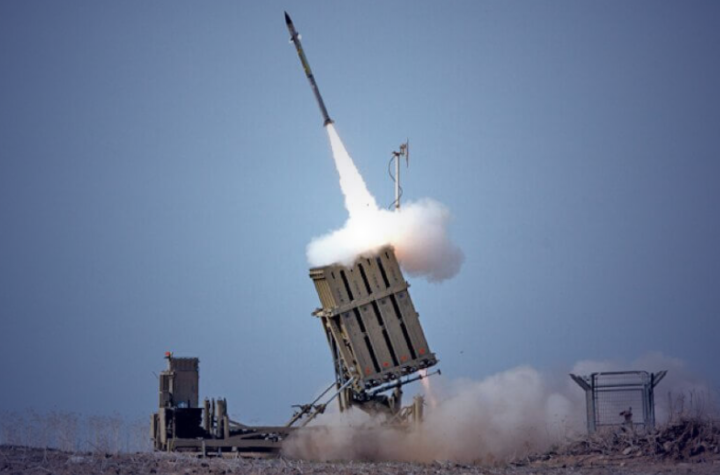
Protective Edge was a military operation of the IDF against Hamas in the Gaza Strip, launched in response of multiple missile attacks fired towards Israel. The operation occurred two years after the Operation Pillar of Defense.
At the end of the Operation Pillar of Defense, the IDF reported a low figure of Israeli civilians killed or wounded, as a result of the success of the new Iron Dome technology, developed by Rafael Defense Systems. At the time, the coverage provided by the Iron Dome was still incomplete: only five Iron Dome batteries were deployed over the country while it is estimated that 13 to 20 batteries are needed to cover the full country. Also, the technology was not able to intercept shorter-range missiles.
During the period between the operations, six additional Iron Dome batteries were manufactured.
The effectiveness of the Iron Dome was evaluated constantly during the Operation Protective Edge, from its very beginning, and the IDF reported 735 interceptions on the total period of the operation.
The role of the Iron Dome in the protection of civilians is crucial, especially since most of the population is living in buildings with no access to a direct shelter or protected area. The instructions given by the IDF in the event of an attack is to enter the closest shelter upon hearing an alarm. In the event that the building does not have a shelter, the stairwell is considered as the best alternative. Finally, in the event that there is no time to reach a shelter or a stairwell, people are asked to lie on the ground for few minutes. A study focused on factors explaining the decision of the Israeli population to comply with such instructions upon hearing an alarm. Especially, it focused on the relationship between attitudes toward the new Iron Dome defense technology and emotions, risk perceptions and precautionary actions of individuals during exposure to terror attacks.
Amongst others, the results highlight the existence of a negative correlation between the existence of the Iron Dome and levels of fear and anger of the population. In addition, the study reveal a positive correlation between the existence of the Iron Dome and the willingness of the population to obey to the instructions given by the IDF with respect to the attacks, and a reduction of the perceived terror risk in comparison to the Operation Pillar of Defense.




More Stories
Protect Your Assets with the Best Air Defense System
Understanding the Basics of Military Communications
Understanding Situational Awareness and Its Importance in the Military